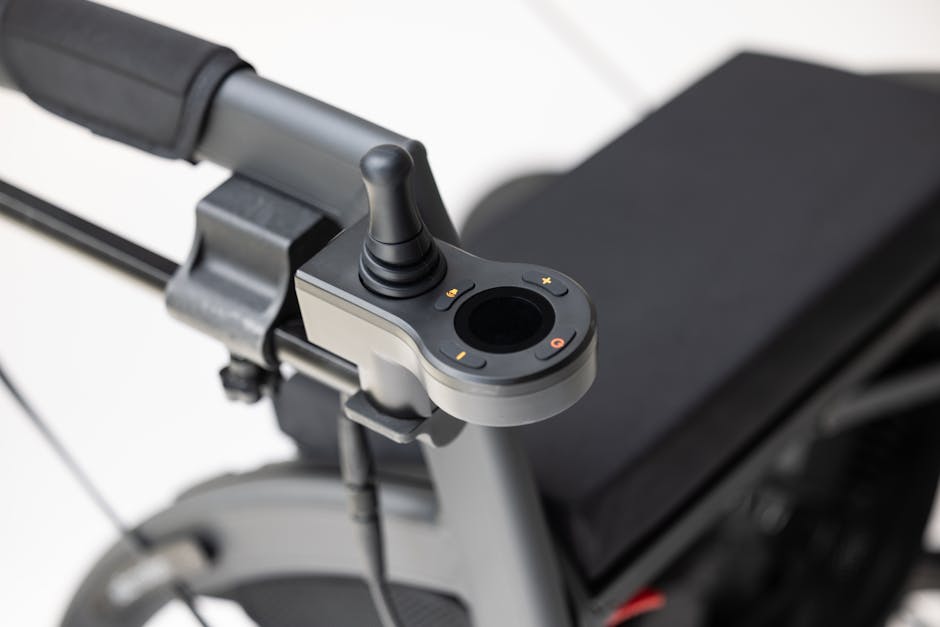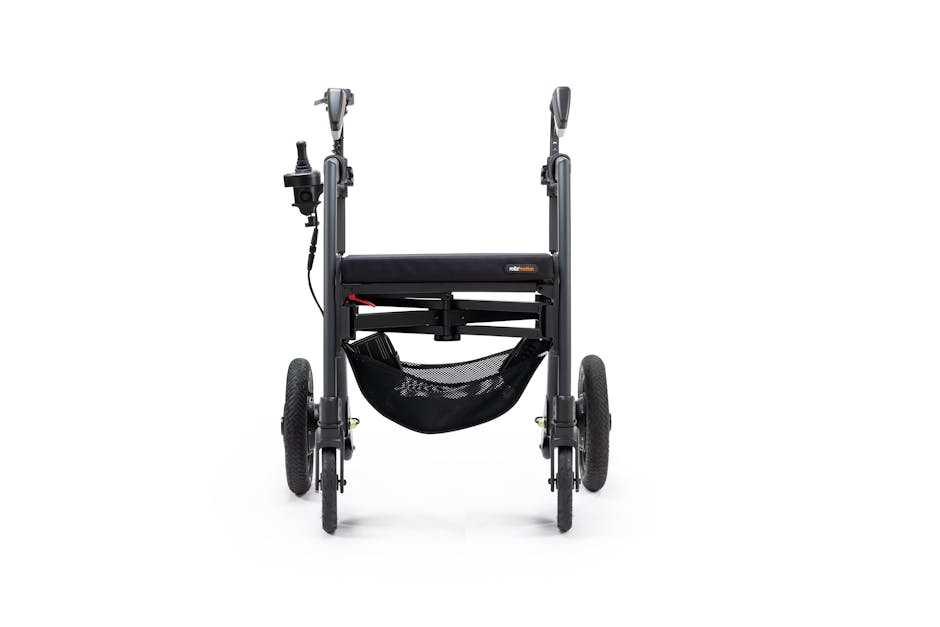Innovative Financing Options for Wheelchair Users
Did you know that nearly 2.7 million people in the U.S. rely on wheelchairs for mobility? that’s a huge number! With the right financing options, wheelchair users can access the equipment they need and improve their quality of life. If you or someone you know needs a wheelchair, understanding these innovative financing options can make a difference.
What are Innovative Financing Options?

Innovative financing options refer to flexible ways to pay for a wheelchair. These options go beyond traditional methods like savings or loans. They include programs designed to help people with disabilities access necessary equipment. Whether it’s through grants, financing programs, or community resources, there are many ways to help.
Why are These Options Important?

Finding the right wheelchair can be a challenge, especially when prices range from a few hundred to several thousand dollars. Many people worry about how to pay for these costs. that’s why understanding innovative financing is crucial. It opens up opportunities that can lead to better mobility and independence.
What are Some Common Financing Options?

Here are a few financing options that wheelchair users can consider:
- Grants: Many organizations offer grants for wheelchair users. These funds do not need to be repaid, making them an excellent option.
- Loans: Personal loans can help cover costs. Some banks and credit unions offer loans specifically for medical needs.
- Insurance: Some health insurance policies cover part or all of the cost of a wheelchair. Make sure to check your plan!
- Payment Plans: Some suppliers offer payment plans. This allows users to pay in smaller, manageable amounts over time.
How Can Grants Help?

Grants provide financial help without the burden of repayment. Many organizations focus on helping people with disabilities. For example, the Muscular Dystrophy Association offers various funding options. Each grant has specific eligibility criteria, so it’s important to research and apply for those that fit your situation.
Here are some popular grants:
- National Council on Independent Living (NCIL): Offers small grants to support individuals.
- Rehabilitation Services Administration (RSA): Provides financial support for people with disabilities.
- Local foundations: Many local non-profits provide funding for residents with disabilities.
Applying for grants might take time, but the payoff can be worth it. Make sure to check deadlines and gather necessary documents to strengthen your application.
Are Loans a Good Option?
Loans are a common way to finance a wheelchair. They can cover costs upfront, allowing you to get your wheelchair right away. But, it’s essential to consider the repayment terms carefully.
Here are some points to keep in mind:
- Interest Rates: Look for loans with low-interest rates to save money over time.
- Monthly Payments: Choose a loan with payments that you can comfortably afford.
- Loan Terms: Understand how long youll be paying back the loan. Shorter terms mean higher payments, but less interest overall.
Make sure to compare different lenders to find the best deal. Community banks and credit unions often have better rates than larger banks.
Can Insurance Help Cover Costs?
Insurance is another potential way to finance a wheelchair. Depending on your plan, you might find that your insurance covers part or all of the cost. It’s essential to check with your insurance provider to understand what’s included.
Here are some tips for navigating insurance:
- Contact Your Provider: Ask if wheelchairs are covered under your plan.
- Get Documentation: You may need a prescription from your doctor for your wheelchair.
- Understand Deductibles: Know how much you have to pay out of pocket before insurance covers your costs.
What About Payment Plans?
Many wheelchair suppliers offer payment plans. This financing option allows you to pay for the wheelchair over time, making it more affordable. Payment plans can be flexible, depending on the provider.
Before committing, here are a few questions to consider:
- What are the terms? Understand how long the plan lasts and what the monthly payments will be.
- Are there any fees? Look out for setup fees or late payment charges.
Payment plans can help you avoid a large upfront cost, making it easier to manage your budget.
Can Crowdfunding Help?
Crowdfunding has become a popular option for many individuals, including wheelchair users. Platforms like GoFundMe allow you to share your story and ask for help.
Heres how to do it effectively:
- Tell Your Story: Share your needs and how a wheelchair will improve your life.
- Set a Realistic Goal: Be clear about how much money you need.
- Update Supporters: Keep your donors informed about your progress.
Crowdfunding can expand your reach and connect you with people willing to help.
Are There Community Resources Available?
Local community organizations often provide resources for those in need. Some may offer financial assistance or equipment lending programs. Reach out to local non-profits, advocacy groups, or community centers for more information.
Here are a few resources to check:
- Disability Services Office: Often found at colleges or local government offices.
- Local charities: Many have programs specifically for people with disabilities.
- Support groups: Connecting with others can lead to valuable information and support.
How Can You Maximize Your Financing Options?
Combining different financing options can be a smart move. For example, you might use a loan to cover part of the cost and apply for a grant to cover the rest. This can minimize your financial burden.
Here are some final tips for maximizing your options:
- Do Your Research: Keep informed about new grants and programs.
- Ask for Help: don’t hesitate to seek guidance from professionals or support groups.
- Stay Organized: Keep track of applications, deadlines, and communication with lenders or grant providers.
What Are Your Next Steps?
Finding the right financing option may take time and effort, but it’s worth it. With the right resources, you can secure the mobility equipment you need. Start by researching grants, loans, insurance options, and community resources.
Remember that you are not alone in this journey. Reach out to others who have navigated this path for guidance and support. Your independence and mobility are within reach!
For further information, check out more resources from the NIH’s National Institute of Child Health and Human Development.
Stay hopeful, stay informed, and take action!



